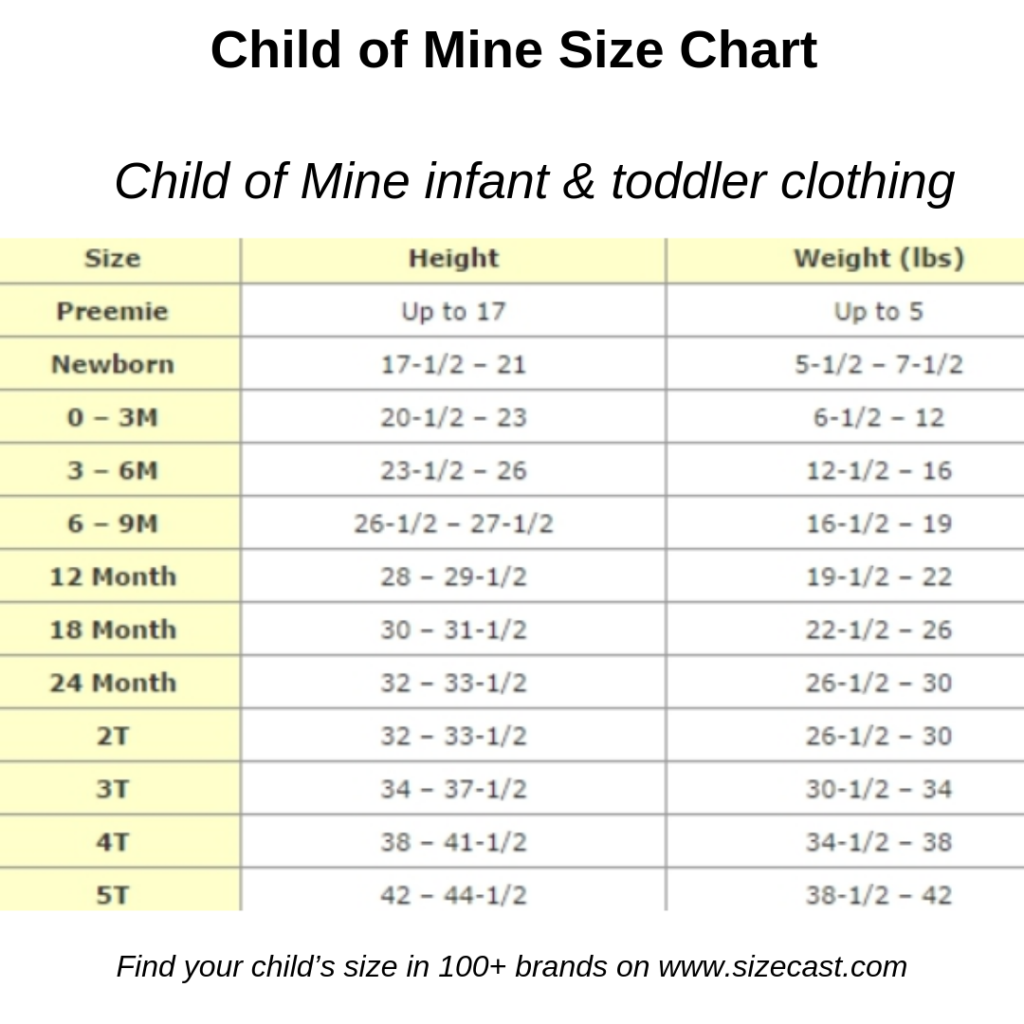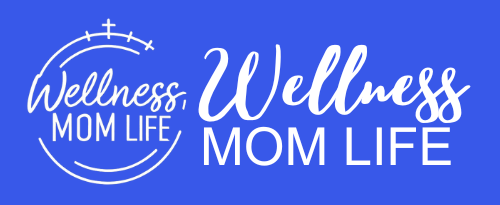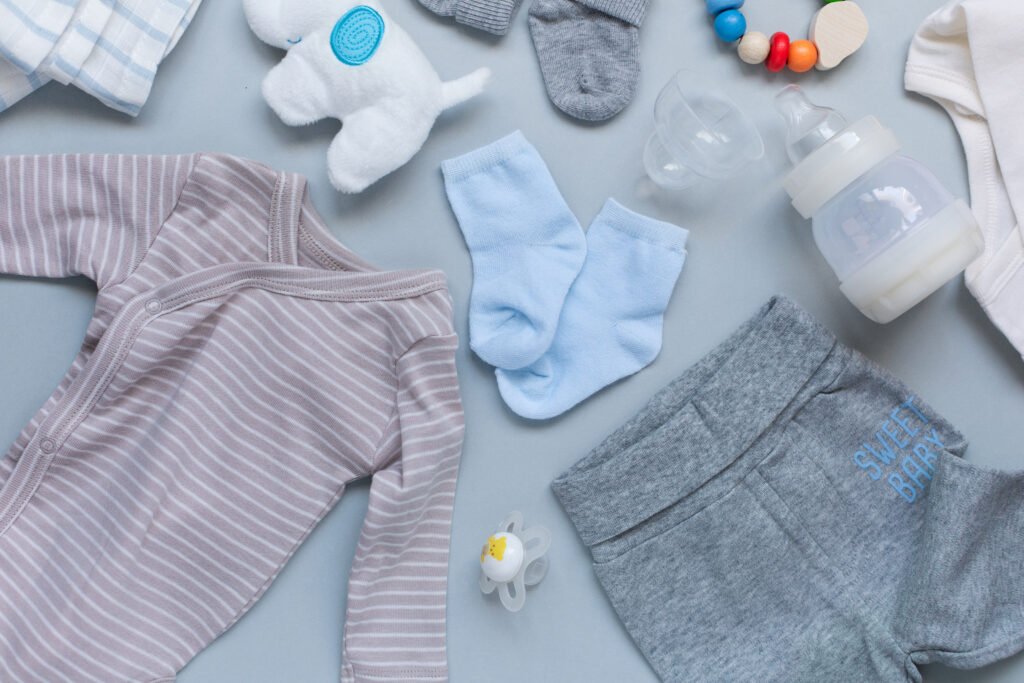The anticipation of a new arrival brings with it a flurry of excitement and preparation, including the joy of selecting adorable tiny outfits for your little one. However, amidst the whirlwind of baby showers and nesting, it’s essential to consider the practical aspect of newborn clothing: how long will those cute onesies and tiny socks actually be worn? In this blog post, we’ll delve into the lifespan of newborn clothes, exploring the factors that influence their duration of use and offering tips for maximizing their usefulness.
Understanding Newborn Clothes
Before we discuss how long newborn clothes are typically worn, let’s clarify what constitutes newborn clothing. Newborn clothes are specifically designed for infants in their earliest stages of life, typically from birth to around three months of age. These garments are sized to fit newborns, with sizes often categorized as “Newborn” or “NB.”
Newborn clothing encompasses a variety of items, from essential basics like onesies and sleepers to optional pieces like hats, mittens, and booties. The types of newborn clothing you’ll need may vary depending on factors such as climate, cultural practices, and personal preferences.
The lifespan of newborn clothes is influenced by several factors, including the rapid growth patterns of infants, the quality of the fabric, and the frequency of use. Understanding these factors is crucial for managing your baby’s wardrobe effectively.

Newborn Growth Patterns
During the first year of life, babies undergo remarkable growth and development. In the early weeks, newborns experience rapid physical changes, with most babies doubling their birth weight by around five months of age. This period of rapid growth means that newborn clothes may quickly become too snug for comfort.
The neonatal period, encompassing the first four weeks of life, is characterized by rapid adjustments as babies adapt to life outside the womb. During this time, newborns may outgrow their smallest outfits within a matter of days or weeks.
As babies continue to grow, they enter a phase of rapid growth that typically lasts from around four to twelve weeks. During this time, infants may experience growth spurts that necessitate frequent changes in clothing size to accommodate their expanding bodies.
Developmental milestones, such as rolling over, sitting up, and crawling, can also impact clothing fit and comfort. As babies become more active and mobile, they may require clothing that allows for greater freedom of movement.
Understanding your baby’s growth patterns can help you anticipate when it’s time to transition to larger clothing sizes and ensure that your little one is comfortable and well-dressed at every stage.
How Long Do Babies Wear Newborn Clothes?
The duration for which infant clothing sizes remain suitable can vary based on your baby’s growth rate, but generally, they fit for approximately 4-6 weeks following your baby’s arrival home from the hospital. Understanding the distinction between Newborn and 0-3 month sizes can sometimes be puzzling, yet typically, Newborn sizes cater to babies weighing between 5-8 pounds, while 0-3 month sizes accommodate those weighing 8-12 pounds.
However, each baby grows uniquely and at their own pace, so it’s not uncommon for babies to quickly outgrow Newborn-sized clothes. In instances where babies are in a higher percentile for weight or height, they may even require 0-3 month sizes right from the start.
Moreover, new parents should anticipate that caring for a newborn entails a fair share of messiness. From diaper blowouts to spit-up and spilled bottles, expect to launder baby clothes frequently once your little one arrives. Repeated washes can lead to clothes shrinking, underscoring the importance of closely monitoring wash and dry cycles to minimize shrinkage. It’s wise to have extra clothing on hand to account for this possibility.
Practical Considerations for Newborn Clothing
When it comes to newborn clothing, practical considerations are essential for ensuring that your baby is both comfortable and stylish. Here are some factors to keep in mind:
- Sizing Up: As your baby grows, you’ll need to transition from newborn-sized clothing to larger sizes to accommodate their expanding bodies. Most babies outgrow newborn clothing within the first few weeks to months of life, so it’s essential to have larger sizes on hand.
- Seasonal Factors: Consider the weather and climate when selecting newborn clothing. In colder climates, you’ll need warm layers and cozy fabrics to keep your baby comfortable, while lightweight, breathable fabrics are ideal for warmer weather.
- Fabric Selection: Opt for soft, breathable fabrics that are gentle on your baby’s delicate skin. Natural fibers like cotton and bamboo are excellent choices for newborn clothing, as they are soft, absorbent, and hypoallergenic.
By considering these practical factors, you can ensure that your baby’s wardrobe is both functional and fashionable, providing comfort and style for your little one’s first few months of life.
Maximizing the Usefulness of Newborn Clothes
While newborn clothes may have a short lifespan due to rapid growth and development, there are several strategies you can employ to maximize their usefulness and get the most out of your baby’s wardrobe.
- Quality Over Quantity: When selecting newborn clothes, prioritize quality over quantity. Invest in well-made garments that are durable and designed to withstand frequent washing and wear. Look for reinforced seams, soft fabrics, and sturdy snaps or zippers that will hold up to repeated use.
- Hand-Me-Downs and Secondhand Options: Consider exploring hand-me-downs and secondhand options for your baby’s wardrobe. Many families are eager to pass along gently used baby clothes, offering an affordable and sustainable way to outfit your little one. Just be sure to inspect items carefully for signs of wear and tear before adding them to your baby’s wardrobe.
- Creative Styling: Get creative with mixing and matching outfits to extend their wear. Layering pieces like onesies, bodysuits, and leggings allows you to create multiple looks from a few basic garments. Experiment with different combinations of colors, patterns, and accessories to keep your baby’s wardrobe fresh and versatile.
- Adjustable and Expandable Clothing: Look for clothing items that feature adjustable features, such as expandable waistbands or adjustable straps. These garments can accommodate your baby’s changing size and shape, allowing them to wear them for longer periods before outgrowing them.
- Multi-Functional Pieces: Choose clothing items that serve multiple purposes to maximize their usefulness. For example, opt for sleepers with built-in mittens and footies to keep your baby cozy and warm without the need for additional accessories. Similarly, consider investing in convertible garments that can be worn in multiple ways, such as reversible jackets or convertible sleep sacks.
By employing these strategies, you can make the most of your baby’s newborn wardrobe and ensure that they are well-dressed and comfortable throughout their early months of life.
Tips for Managing Baby’s Wardrobe
Managing your baby’s wardrobe effectively requires regular assessments, organization, and responsible disposal of outgrown items. Here are some tips for managing your baby’s wardrobe:
- Regular Assessments: Periodically evaluate your baby’s clothing to ensure that items still fit well and are in good condition. Donate or pass along items that your baby has outgrown or that are no longer needed, and make note of any gaps in your baby’s wardrobe that need to be filled.
- Storage Solutions: Invest in storage solutions to keep your baby’s clothing organized and easily accessible. Use labeled bins or baskets to store outgrown items for future use or donation, and consider using vacuum-sealed bags to save space.
- Donation and Resale: Responsible disposal of outgrown baby clothes is essential for reducing waste and supporting families in need. Consider donating gently used items to local charities, shelters, or thrift stores, or sell them through online marketplaces or consignment shops.
By implementing these tips, you can effectively manage your baby’s wardrobe and ensure that they have everything they need to stay comfortable and stylish as they grow.
Real-Life Experiences and Advice
Who better to offer insights into the lifespan of newborn clothes than those who have experienced it firsthand? Let’s hear from parents who have navigated the joys and challenges of dressing their little ones, as well as experts who can offer valuable advice on managing newborn clothing.
Parental Perspectives
- Sarah: “When my daughter was born, I was amazed at how quickly she outgrew her newborn clothes. I learned to buy a mix of sizes and to prioritize comfort and practicality over fashion. Hand-me-downs were a lifesaver, allowing us to stretch our budget and keep our daughter well-dressed without breaking the bank.”
- Michael: “As a first-time dad, I was surprised by how much our son grew in the first few weeks of life. I quickly learned to keep a close eye on his clothing and to have larger sizes ready to go as he outgrew his newborn outfits. It was a bit overwhelming at first, but once we got into a routine, managing his wardrobe became second nature.”
Expert Recommendations
- Dr. Emily Chen, Pediatrician: “Babies grow at an astonishing rate during their first year of life, so it’s essential to have a flexible approach to managing their wardrobe. Invest in quality clothing that can withstand frequent washing and wear, and be prepared to adjust sizes as needed. Remember that comfort and practicality are key, so prioritize soft, breathable fabrics and versatile styles that can adapt to your baby’s changing needs.”
- Sophia Adams, Child Development Specialist: “Managing a newborn’s wardrobe can be challenging, but it’s also an opportunity for creativity and resourcefulness. Look for ways to maximize the usefulness of each clothing item, whether through creative styling, adjustable features, or multi-functional design. By taking a thoughtful and strategic approach to dressing your baby, you can ensure that they are both comfortable and stylish throughout their early months of life.”
Conclusion
The lifespan of newborn clothes may be short, but with careful planning and thoughtful management, you can make the most of your baby’s wardrobe and ensure that they are comfortable, stylish, and well-dressed throughout their early months of life. From choosing quality garments to maximizing their usefulness through creative styling and responsible disposal of outgrown items, there are many ways to navigate the challenges of dressing a growing baby.
By embracing the journey of watching your baby grow and change, one outfit at a time, you can create cherished memories and celebrate the milestones of their early years. Whether it’s the first tiny onesie they wore home from the hospital or the cozy sleepers they snuggled up in during those late-night feedings, each piece of clothing tells a story and holds a special place in your baby’s journey.
As you embark on this exciting adventure of parenthood, remember to enjoy the moments, cherish the memories, and savor the sweetness of those fleeting newborn days. And when it comes to dressing your little one, trust your instincts, have fun, and don’t be afraid to get creative with their wardrobe. After all, they’re only little for a little while, so make the most of every precious moment.









